Dodge Journey: Description
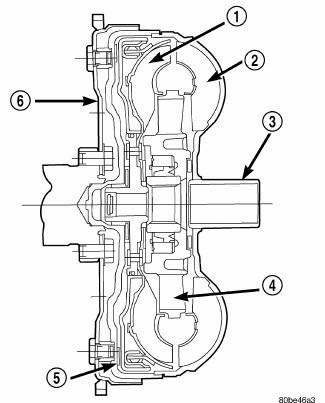
Fig. 422: Identifying Torque Converter Components
- - TURBINE
- - IMPELLER
- - HUB
- - STATOR
- - CONVERTER CLUTCH DISC
- - DRIVE PLATE
The torque converter is a hydraulic device that couples the engine crankshaft to the transmission. The torque converter consists of an outer shell with an internal turbine (1) , a stator (4), an over-running clutch, an impeller (2) and an electronically applied converter clutch (5). The converter clutch provides reduced engine speed and greater fuel economy when engaged. Clutch engagement also provides reduced transmission fluid temperatures.
The converter clutch engages in third gear. The torque converter hub (3) drives the transmission oil (fluid) pump.
The torque converter is a sealed, welded unit that is not repairable and is serviced as an assembly.
IMPELLER
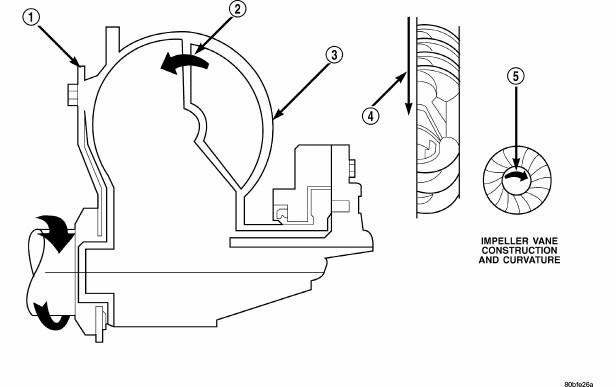
Fig. 423: Identifying Impeller Operation
- - ENGINE FLEXPLATE
- - OIL FLOW FROM IMPELLER SECTION INTO TURBINE SECTION
- - IMPELLER VANES AND COVER ARE INTEGRAL
- - ENGINE ROTATION
- - ENGINE ROTATION
The impeller (3) is an integral part of the converter housing. The impeller consists of curved blades placed radially along the inside of the housing on the transmission side of the converter. As the converter housing is rotated by the engine (4,5), so is the impeller, because they are one and the same and are the driving member of the system.
TURBINE
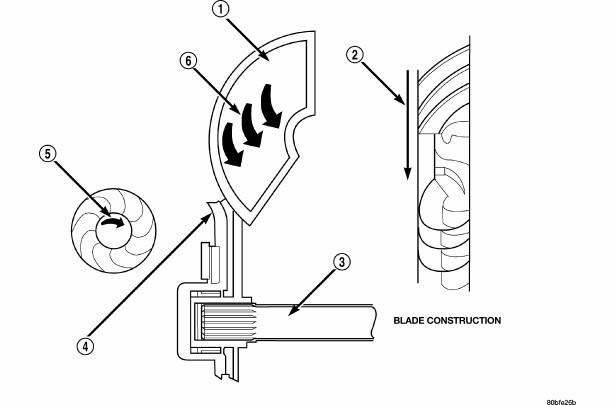
Fig. 424: Identifying Turbine Operation
- - TURBINE VANE
- - ENGINE ROTATION
- - INPUT SHAFT
- - PORTION OF TORQUE CONVERTER COVER
- - ENGINE ROTATION
- - OIL FLOW WITHIN TURBINE SECTION
The turbine (1) is the output, or driven, member of the converter. The turbine is mounted within the housing opposite the impeller, but is not attached to the housing. The input shaft (3) is inserted through the center of the impeller and splined into the turbine. The design of the turbine is similar to the impeller, except the blades of the turbine are curved in the opposite direction.
STATOR
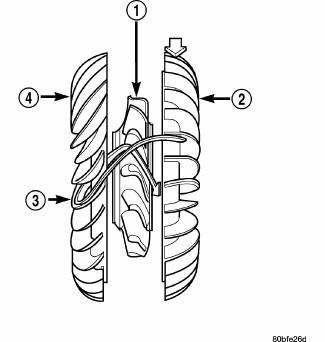
Fig. 425: Locating Stator Assembly
- - STATOR
- - IMPELLER
- - FLUID FLOW
- - TURBINE
The stator assembly (1) is mounted on a stationary shaft which is an integral part of the oil pump. The stator is located between the impeller (2) and turbine (4) within the torque converter case. The stator contains an overrunning clutch, which allows the stator to rotate only in a clockwise direction. When the stator is locked against the over-running clutch, the torque multiplication feature of the torque converter is operational.
TORQUE CONVERTER CLUTCH (TCC)
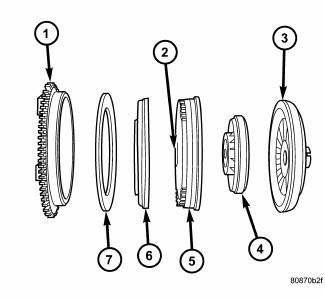
Fig. 426: Identifying Torque Converter Clutch (TCC) Components
- - IMPELLER FRONT COVER
- - THRUST WASHER ASSEMBLY
- - IMPELLER
- - STATOR
- - TURBINE
- - PISTON
- - FRICTION DISC
The TCC was installed to improve the efficiency of the torque converter that is lost to the slippage of the fluid coupling. Although the fluid coupling provides smooth, shock-free power transfer, it is natural for all fluid couplings to slip. If the impeller (3) and turbine (5) were mechanically locked together, a zero slippage condition could be obtained. A hydraulic piston (6) was added to the turbine (5), and a friction material (7) was added to the inside of the front cover (1) to provide this mechanical lock-up.
 Torque converter
Torque converter
...
 Operation
Operation
Fig. 427: Identifying Torque Converter Fluid Pressure
Operation
- APPLY PRESSURE
- THE PISTON MOVES SLIGHTLY
FORWARD
- RELEASE PRESSURE
- THE PISTON MOVES SLIGHTLY
REARWARD
The co ...
See also:
Rod, piston and connecting
Description
Fig. 206: Piston & Connecting Rod
- "F" TOWARD FRONT OF ENGINE
- RING COMPRESSOR
- SPECIAL TOOL 8189
- OIL SQUIRT HOLE
The pistons (1) are made of a high stre ...
Description, Diagnosis and Testing
DESCRIPTION
Fig. 91: Cylinder Head, Valves & Springs
- VALVE KEEPER
- SPRING RETAINER
- VALVE KEEPER
- VALVE SPRING-EXHAUST
- SPRING RETAINER
- VALVE STEM SEAL
- VALVE-EXHAUST
...
Installation
2.4L
Fig. 52: 2.4L Knock Sensor
CAUTION: Always torque knock sensors to the correct torque
specification. Over or
under tightening effects knock sensor performance. Ensure the electr ...
